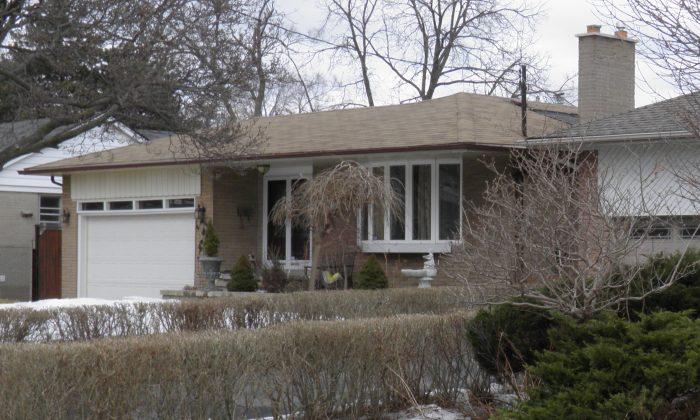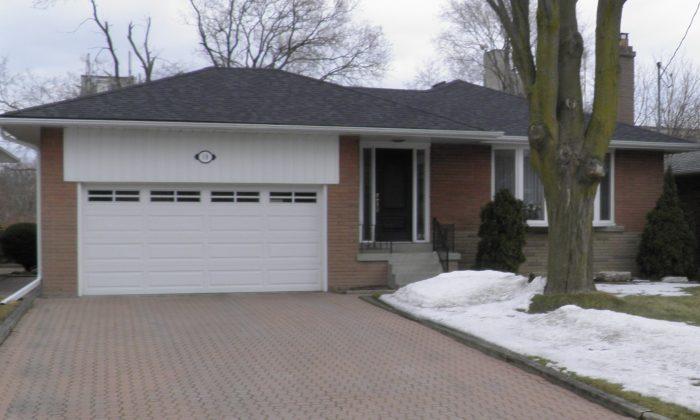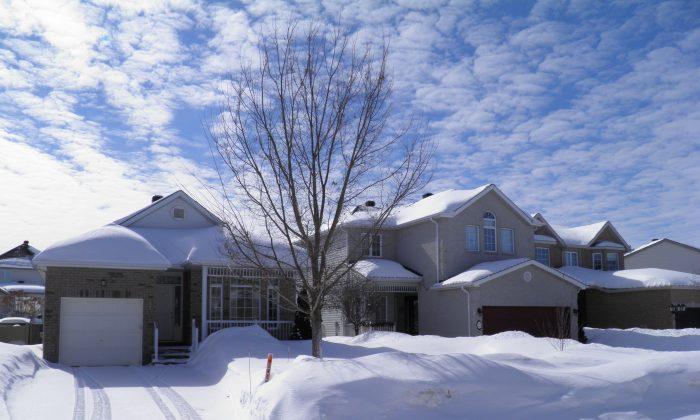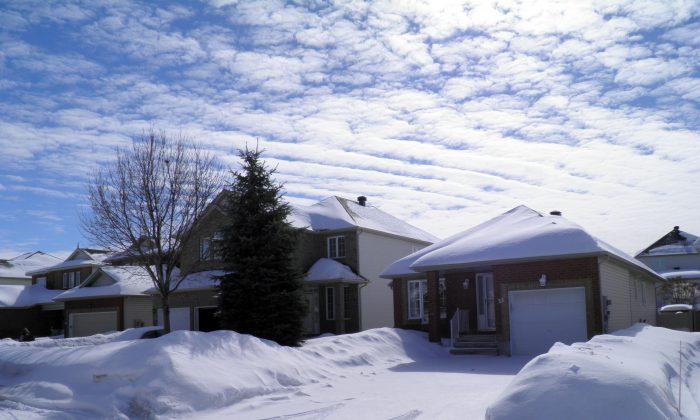Investing in housing south of the border has changed dramatically over the past few years as the United States has worked its way out of a recession after the financial crisis, which began in late 2008.
The steals that were to be had between 2009 and 2011 or even up to 2012 no longer exist. With improvements in the housing sector driving U.S. economic performance once again, investors need to be sharper than ever to find value.
Among other things, the first part of this series described the experience of Jan Gao as she purchased her first investment property in South Florida in 2009.
Gao is principal of Canhome Consulting, a business she started to provide one-stop full services to help investors invest efficiently, and more importantly, avoid potential pitfalls in U.S. real estate investing.
Minimize Rental Restrictions
In Gao’s mind, the magic figure for South Florida properties would be a sale price of less than $200,000, or a monthly rent of less than $2,000. She describes such properties as “affordable.”
An owner must always be aware of any rules, regulations, or other bylaws that a condo or homeowner association imposes, in other words, “rental restrictions.”
These could be stipulations such as no rental in the first one or even two years of ownership, maximum number of people or kids allowed to live in a particular size of unit, restrictions on pets, or if the property is in a 55+ community.
These restrictions obviously make a property less rentable, as many perfectly qualified renters are disqualified.
Buyers must also be aware of other miscellaneous, but very serious, problems such as mould, radon, or even Chinese drywall.
The properties Gao likes are ones in “prime” areas, which means desirable and centrally located, like downtown, with many services within walking distance. Another desirable feature is being located near water, a golf course, or a country club.
“I can compromise anything, but not location, as with a limited budget, it is nearly impossible to find a new or big property in those prime areas,” Gao said.
This leads to one of the misconceptions buyers have about rental properties—that newer and bigger is better. Also, newer construction is not necessarily well-built. These are examples of some of the ways buyers can fool themselves by believing renters will like the same things they do.
Buyers must do their research, and it certainly helps if they can make a visit to the neighbourhood and get a good feel for it.
For owners of rental properties, a property manager becomes vital. Typically 10 to 15 percent of the rent is paid to the property manager as management fees.
Property managers find tenants for owners, take care of property-related matters such as collecting rents or, in extreme cases, evicting unwanted tenants. If a property is not rented, the owner usually doesn’t pay the property manager.
Owning an investment property in the U.S. will require Canadians to file a non-resident U.S. tax return, as rental income is considered business income.
With respect to Florida, Canadian owners are treated the same as Americans in that there is no additional property tax for foreign nationals.
Housing Recovery
With the housing sector being one of the major focal points of the U.S. Federal Reserve’s quantitative easing program since late last year, the improvements are starting to pick up steam.
Housing starts and permits, along with sales of new and existing homes, have all been trending higher. According to the S&P/Case-Schiller U.S. National Home Price Index, prices are up 10.2 percent from the first quarter of 2012 to the first quarter of 2013.
During this year-over-year period, Miami home prices are up 10.7 percent. Meanwhile, the regions that were battered the most—Phoenix and Las Vegas being two notable ones—were up 20-22 percent.
This kind of price appreciation has made it more difficult to find bargains, and on top of that, supply is now tighter. Buyers need to act quickly in the face of competition from professional buyers.
With many markets being sellers’ markets and properties selling for more than the initial asking prices, capitalization rates have come down. The capitalization rate is an estimate of the potential rate of return an investor can earn on an investment property based on the expected net income.
“A 5 to 8 percent cap rate [depending on location] is considered good now,” said Gao, who owns several properties in South Florida. Some of her earliest purchases had cap rates of 10 to 14 percent.
“Usually the ‘better’ the place is, the lower the cap rate,” Gao said.
Finally, Gao sums up why investing in U.S. real estate has worked so well for her. “Everything’s cheaper in the U.S.”




